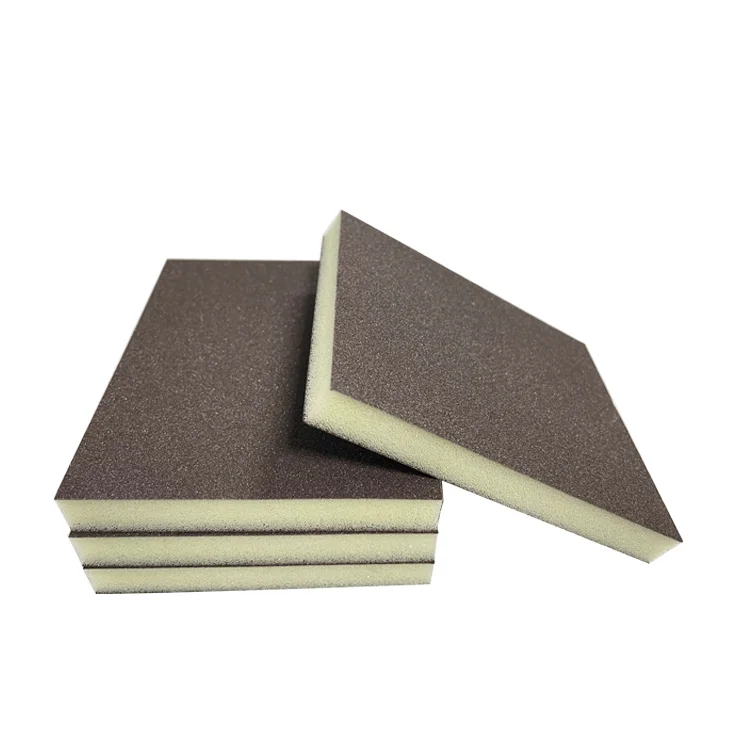When it comes to interior design and construction, drywall ceilings have long been the go-to choice for many homeowners and builders. However, as the demand for unique aesthetics, improved functionality, and sustainable materials grows, alternative ceiling solutions are gaining popularity. This article delves into various alternatives to drywall ceilings, examining their benefits, applications, and considerations to help you make an informed decision for your next project.
- Understanding the Limitations of Drywall Ceilings
Before exploring alternatives, it’s essential to understand why some may seek options beyond drywall. While drywall ceilings are cost-effective and relatively easy to install, they come with several limitations:
- Susceptibility to Moisture: In humid environments, drywall can warp or mold, leading to costly repairs.
- Limited Aesthetic Appeal: Drywall offers a flat, uniform appearance that may not suit all design preferences.
- Sound Insulation: While drywall provides some soundproofing, it may not be sufficient for spaces requiring enhanced acoustics.
- Alternative Ceiling Solutions
A. Wood Ceilings
Overview: Wood ceilings can add warmth and character to any space. Available in various styles, including tongue-and-groove planks, beams, and panels, wood ceilings can be customized to fit any design aesthetic.
Benefits:
- Aesthetic Versatility: Wood can complement both rustic and modern designs.
- Acoustic Properties: Wood naturally absorbs sound, making it ideal for spaces where noise reduction is essential.
- Sustainability: When sourced responsibly, wood can be an eco-friendly option.
Considerations: Wood ceilings require regular maintenance, including sealing and refinishing, to prevent damage from moisture and pests.
B. Metal Ceilings
Overview: Metal ceilings, often made from aluminum or steel, offer a sleek, contemporary look. They can be installed in panels or tiles and are available in various finishes.
Benefits:
- Durability: Metal ceilings are resistant to moisture, fire, and pests, making them suitable for high-traffic areas.
- Reflective Properties: Metal can enhance lighting in a space, creating a bright and open atmosphere.
- Low Maintenance: Unlike drywall, metal ceilings require minimal upkeep.
Considerations: The installation process can be more complex and may require professional assistance. Additionally, metal ceilings can be noisy if not properly insulated.
C. Acoustic Tiles
Overview: Acoustic ceiling tiles are designed to improve sound quality in a room. They are often used in commercial spaces but are increasingly popular in residential applications.
Benefits:
- Sound Absorption: These tiles effectively reduce noise levels, making them ideal for home theaters, music rooms, or offices.
- Variety of Designs: Acoustic tiles come in various colors, patterns, and textures, allowing for creative design possibilities.
- Easy Installation: Many acoustic tiles can be installed in a grid system, making them user-friendly for DIY projects.
Considerations: While effective for soundproofing, acoustic tiles may not provide the same aesthetic appeal as other options.
D. Plaster Ceilings
Overview: Plaster ceilings offer a classic, elegant look and can be molded into intricate designs. This traditional method involves applying wet plaster to a lath or framework.
Benefits:
- Customizability: Plaster can be shaped into various designs, from simple to ornate.
- Durability: Properly installed plaster ceilings can last for decades without significant wear.
- Fire Resistance: Plaster is inherently fire-resistant, adding an extra layer of safety.
Considerations: The installation process is labor-intensive and may require skilled artisans, making it a more expensive option.
E. Fabric Ceilings
Overview: Fabric ceilings involve stretching fabric across a framework, creating a soft, inviting atmosphere. This option is gaining traction in both residential and commercial spaces.
Benefits:
- Aesthetic Appeal: Fabric ceilings can introduce color, texture, and warmth to a room.
- Acoustic Benefits: Fabric can help absorb sound, enhancing the acoustics of the space.
- Flexibility: Fabric ceilings can be easily removed or replaced, allowing for quick updates.
Considerations: Fabric ceilings may require regular cleaning and maintenance to prevent dust accumulation and staining.
- Making the Right Choice
When considering alternatives to drywall ceilings, it’s crucial to evaluate your specific needs and preferences. Factors such as budget, desired aesthetics, functionality, and maintenance requirements will play a significant role in your decision-making process.
Conclusion
As the landscape of interior design evolves, so too do the materials and methods we use to create beautiful, functional spaces. While drywall ceilings have served us well for decades, the alternatives discussed in this article offer exciting possibilities for enhancing your home or commercial space. Whether you opt for the warmth of wood, the sleekness of metal, or the sound-absorbing qualities of acoustic tiles, each alternative presents unique benefits that can elevate your design to new heights. Embrace innovation and explore these alternatives to find the perfect ceiling solution for your next project.

